Popular Science
EV Batteries: They’re Not All The Same
Underneath the hood of an electric vehicle is the car’s battery pack. That lithium-ion battery is where the car stores all its energy. In this video, Popular Science explores the most common battery types used today by automakers: NMC, NCA and LFP. While they might all look the same, there are some big differences between…
Popular Science
The Mind Control Glasses That Ended in Lawsuits
Thank you to Perplexity for sponsoring this video! Check out Perplexity for all of your holiday shopping at Warning: This video contains flashing lights which may not be suitable for photosensitive epilepsy. Flashing Lights Begin (6:46) Skip Flashing Lights (6:59) Can a pair of flashing retro tech glasses and some CDs sync your brainwaves, train…
Popular Science
The Man Who Lived with No Brain
Thanks to DuckDuckGo for sponsoring this video! Try Privacy Pro free for 7 days at Further Reading/Viewing: “The Man with a Shattered World: The History of a Brain Wound,” by A. R. Luria. THE MAN WITH A SHATTERED WORLD: THE HISTORY OF A BRAIN WOUND by A. R. Luria; Translated from the Russian by Lynn…
Popular Science
How to Make a YouTube Video in 1987
Decades before software like Premiere and iMovie made video editing cheap, easy, and accessible for everyone, the only option was chaining a conglomerate of vintage 80s technology – multiple camcorders or VCRs and a TV – to craft custom analog video. Then the Videonics system changed tech history forever. With professional-grade setups costing up to…
-

 Science & Technology5 years ago
Science & Technology5 years agoNitya Subramanian: Products and Protocol
-

 CNET5 years ago
CNET5 years agoWays you can help Black Lives Matter movement (links, orgs, and more) 👈🏽
-

 People & Blogs3 years ago
People & Blogs3 years agoSleep Expert Answers Questions From Twitter 💤 | Tech Support | WIRED
-
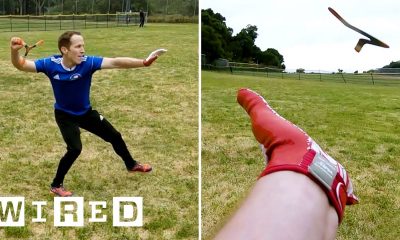
 Wired6 years ago
Wired6 years agoHow This Guy Became a World Champion Boomerang Thrower | WIRED
-

 Wired6 years ago
Wired6 years agoNeuroscientist Explains ASMR’s Effects on the Brain & The Body | WIRED
-

 Wired6 years ago
Wired6 years agoWhy It’s Almost Impossible to Solve a Rubik’s Cube in Under 3 Seconds | WIRED
-
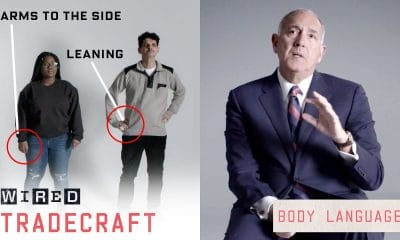
 Wired6 years ago
Wired6 years agoFormer FBI Agent Explains How to Read Body Language | Tradecraft | WIRED
-

 CNET5 years ago
CNET5 years agoSurface Pro 7 review: Hello, old friend 🧙










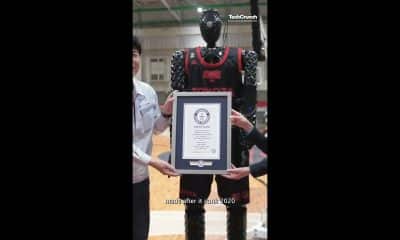

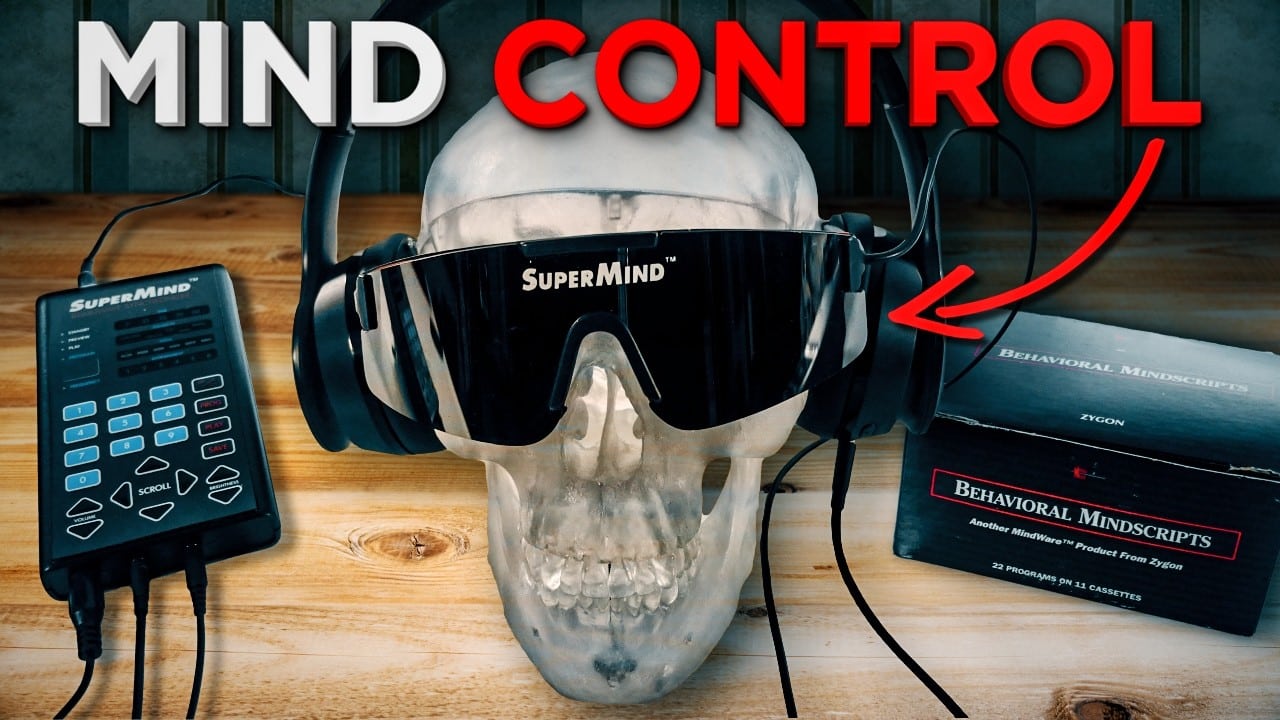
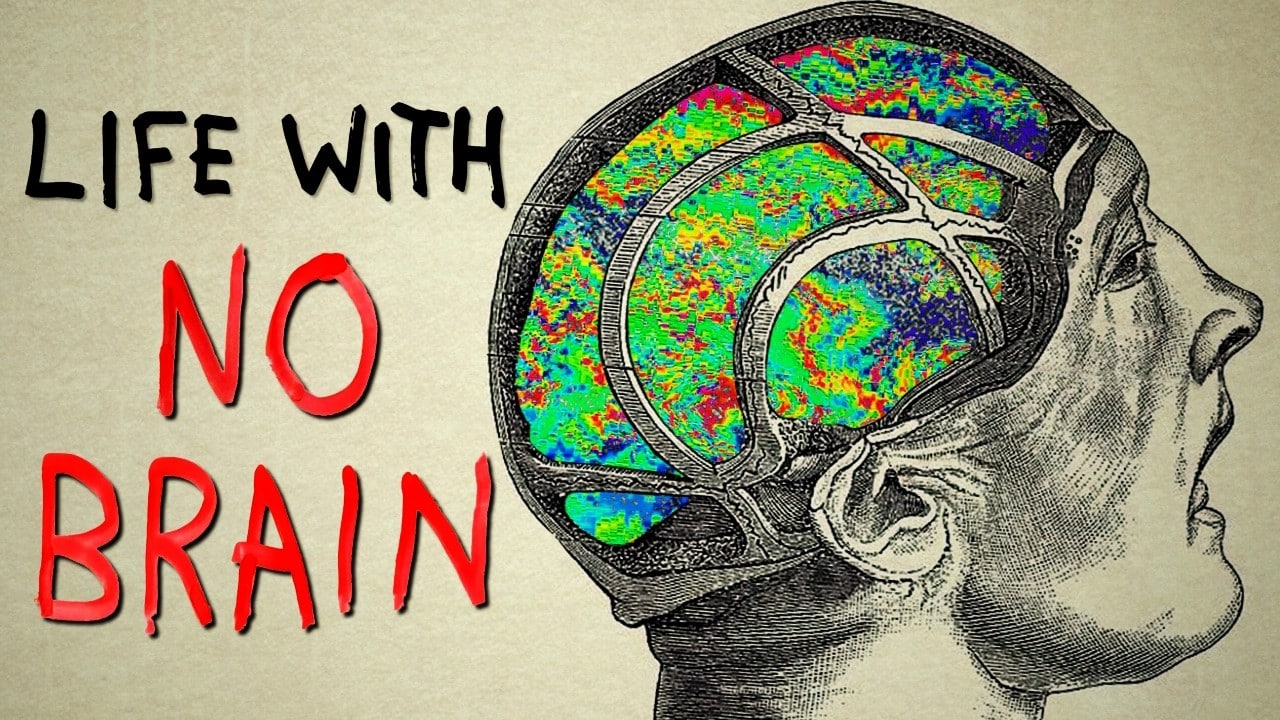
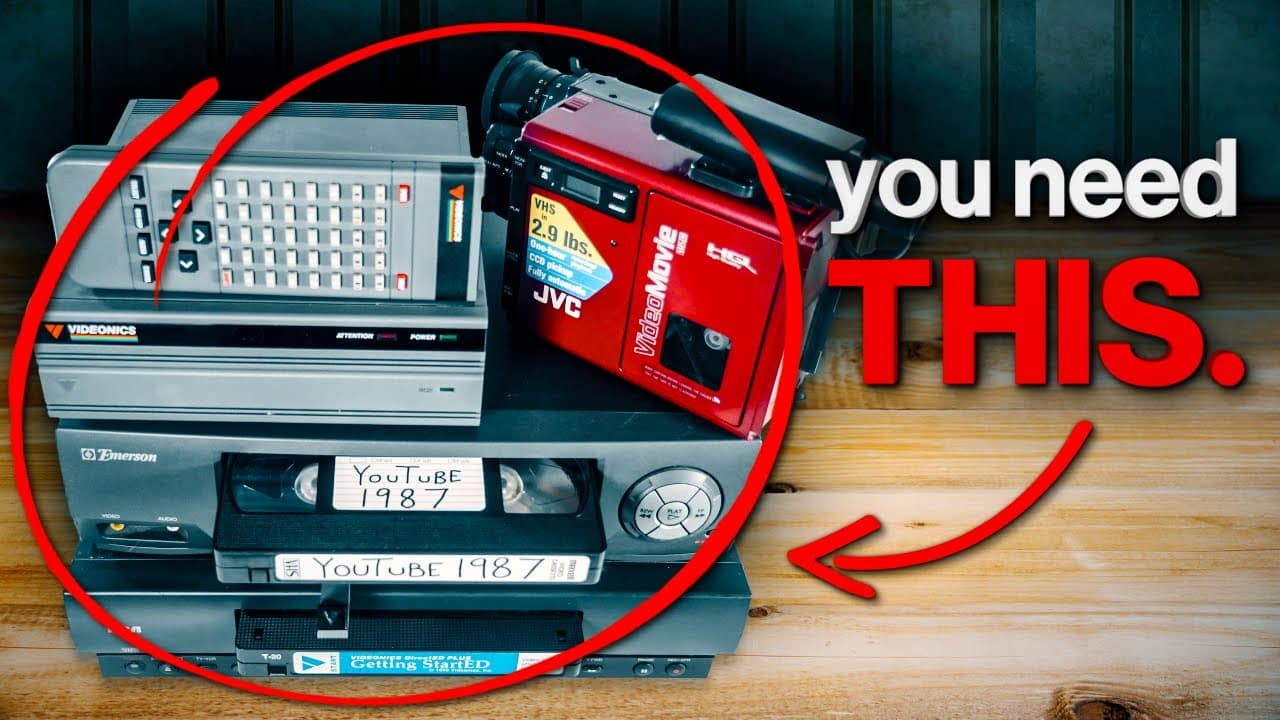



MoutainMan3000
July 1, 2023 at 3:53 pm
This video is junk and the writer should be embarrassed.
xlargetophat
July 5, 2023 at 7:09 am
Lfp sucks.. heavier